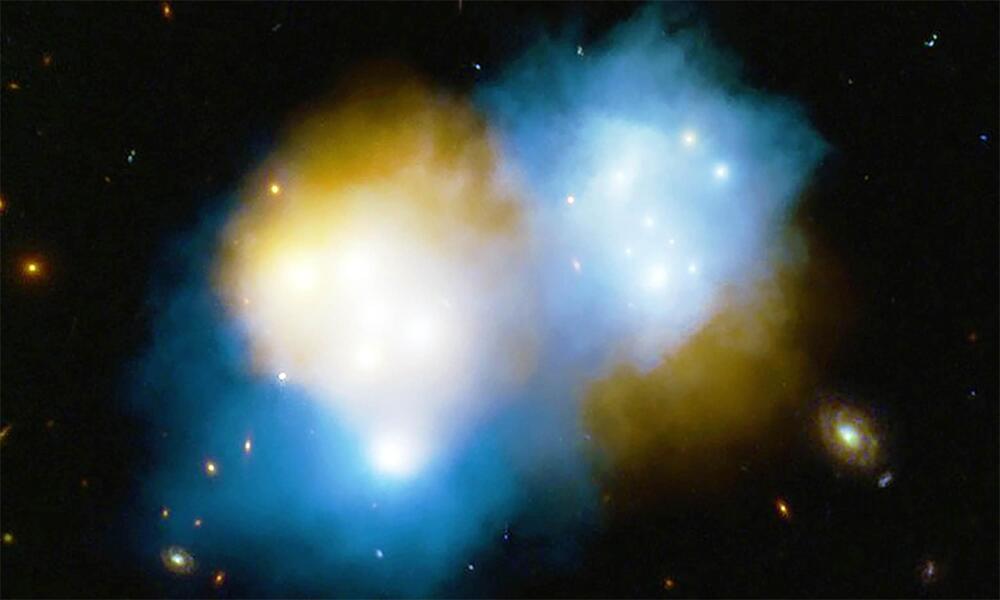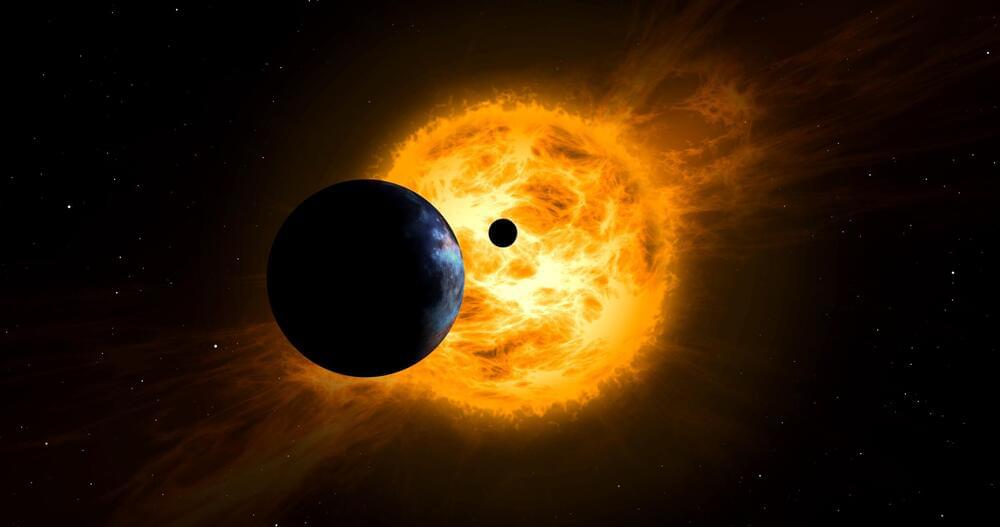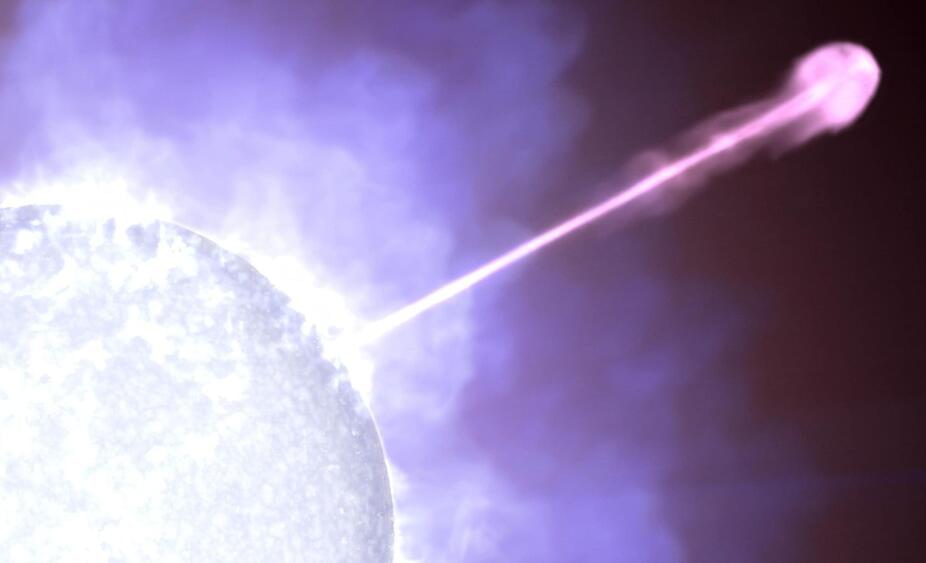
Grasping the precise energy landscapes of quantum particles can significantly enhance the accuracy of computer simulations for material sciences. These simulations are instrumental in developing advanced materials for applications in physics, chemistry, and sustainable technologies. The research tackles longstanding questions from the 1980s, paving the way for breakthroughs across various scientific disciplines.
An international group of physicists, led by researchers at Trinity College Dublin, has developed new theorems in quantum mechanics that explain the “energy landscapes” of quantum particle collections. Their work resolves decades-old questions, paving the way for more accurate computer simulations of materials. This advancement could significantly aid scientists in designing materials poised to revolutionize green technologies.
The new theorems have just been published in the prominent journal Physical Review Letters. The results describe how the energy of systems of particles (such as atoms, molecules, and more exotic matter) changes when their magnetism and particle count change. Solving an open problem important to the simulation of matter using computers, this extends a series of landmark works commencing from the early 1980s.


















